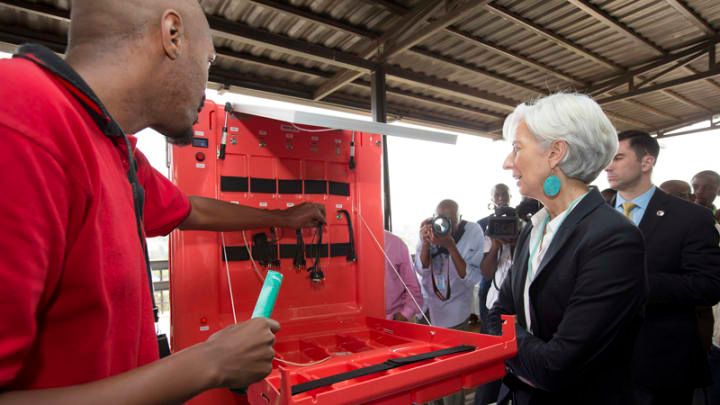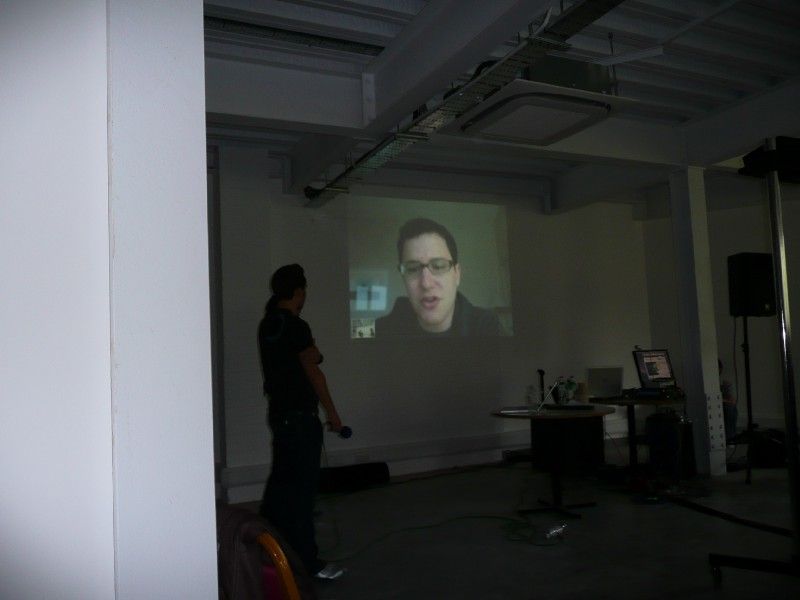Peer Learning is...
Decentralising connectivity
Brokering individual connections between learners and experts is hard work, involving trial and error, and speculative exploration.
The more a self-directed learner progresses, the more complex and specific their challenges. At the same time, these people are often experts to others, and learning from them is attractive to others. This presents the opportunity to shift from hunting individual connections, to gathering larger groups of people who all have something to offer another. It's time to increase the odds of serendipitous collisions.
Discussion gatherings
Jim Benson and Jeremy Lightsmith wanted to start a group that would discuss Lean techniques in knowledge work – but didn’t want to start a whole new cumbersome organization with steering committees, speakers, and such. They wanted a group that did not rely on anything other than people showing up and wanting to learn or create.
In 2009, they started Lean Coffee, an coffee chat where the focus of discussion is a jointly compiled agenda. It's called Lean because it uses the Lean methodology to give everyone input into the discussion topics: people suggest topics, vote on them, and then start talking about each in order of popularity, until each has had enough time to run its course.

Another way for getting fresh perspective is by sharing everyone's experiences, and letting everyone share topics they find interesting. Setting up a schedule with multiple-tracks, full of learner-led sessions lets everyone choose the topics are most relevant for them. Open Spaces are an alternative to conferences, where the day starts with an empty schedule that gets filled by suggestions from anyone participating.

As educational programs progress towards providing these serendipitous environments, internal events become more and more permeable to outsiders. At some point, effort shifts towards promoting these and building a reputation for hosting a serious community.
